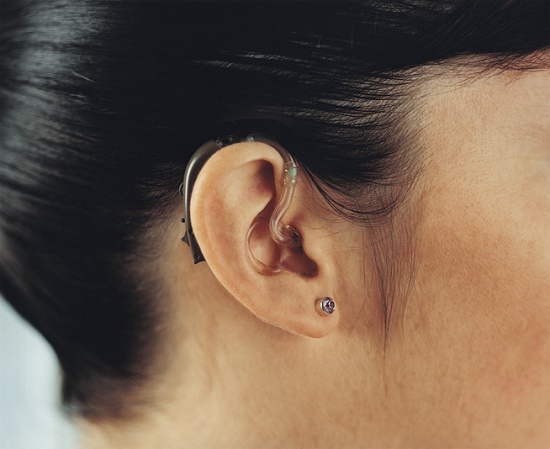
Have you ever had problems hearing in a crowded room or restaurant but can hear just fine at home? Do you have particular challenges hearing higher-pitched voices or TV dialogue?
If yes, you may have hearing loss, and hearing aids may be able to help.
But how exactly do hearing aids work? Are they simple amplifiers, or something more elaborate?
This week we’ll be looking at how hearing aids work and how they are a great deal more advanced than many people recognize. But first, let’s start with how normal hearing works.
How Normal Hearing Works
The hearing process commences with sound. Sound is simply a type of energy that travels in waves, like ripples in a lake. Things produce sound in the environment when they produce vibrations in the air, and those vibrations are eventually caught and sent to the ear canal by the outer ear.
Just after moving through the ear canal, the sound vibrations strike the eardrum. The eardrum then vibrates, increasing the original signal which is then transferred by the middle ear bones to the snail-shaped organ of the middle ear named the cochlea.
The cochlea is full of fluid and very small nerve cells known as cilia. The vibrations transferred from the middle ear bones agitate the fluid and stimulate the cilia. The cilia then transmit electrical signals to the brain and the brain interprets those signals as sound.
With the majority of instances of noise-induced hearing loss, there is damage to the cilia. As a result, the inbound signal to the brain is weaker and sounds appear quieter or muffled. But not all sound frequencies are equally weakened. Usually, the higher-pitched sounds, such as speech, are affected to a greater degree.
In a loud setting, like a restaurant, your capacity to hear speech is reduced because your brain is obtaining a weakened signal for high-frequency sounds. On top of that, background noise, which is low-frequency, is getting through normally, drowning out the speech.
How Hearing Aids Can Help
You can understand that the solution is not merely amplifying all sound. If you were to do this, you’d just continue drowning out speech as the background noise becomes louder in relation to the speech sounds.
The solution is selective amplification of only the sound frequencies you have trouble hearing. And that is only possible by having your hearing professionally assessed and your hearing aids professionally programmed to boost these specific frequencies.
How Hearing Aids Selectively Amplify Sound
Modern hearing aids contain five interior parts: the microphone, amplifier, speaker, battery, and computer chip. But hearing aids are not just ordinary amplifiers—they’re intricate electronic devices that alter the properties of sound.
This happens via the computer chip. Everyone’s hearing is unique, like a fingerprint, and so the frequencies you need amplified will differ. The astounding part is, those frequencies can be established precisely with a professional hearing test, known as an audiogram.
Once your hearing professional has these numbers, your hearing aid can be custom-programmed to enhance the frequencies you have the most trouble with, boosting speech recognition in the process.
Here’s how it works: the hearing aid receives sound in the environment with the microphone and transfers the sound to the computer chip. The computer chip then converts the sound into digital information so that it can distinguish between assorted frequencies.
Then, based upon the programmed settings, the high-frequency sounds are amplified, the low-frequency background sounds are subdued, and the refined sound is transported to your ear via the speaker.
So will your hearing go back perfectly to normal?
While your hearing will not totally return to normal, that shouldn’t prevent you from achieving significant gains in your hearing. For virtually all individuals, the amplification provided is all they need to comprehend speech and indulge in productive and effortless communication.
Think about it this way. If your eye doctor told you they could improve your vision from 20/80 to 20/25, would you forfeit prescription glasses because you couldn’t get to 20/20? Of course not; you’d be able to function just fine with 20/25 vision and the gain from 20/80 would be enormous.
Are you set to see the gains you can achieve with contemporary hearing aids? Give us a call today!